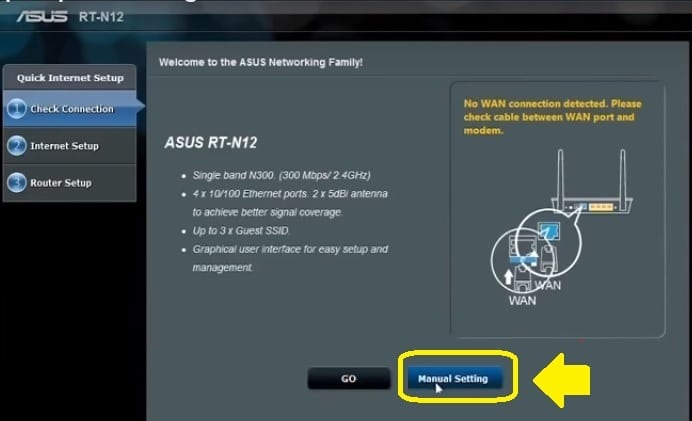
.jpg)
I would like to have something that if I reboot, it can log easily, and if the internet drop, when it comes back, it will reconnect (the same way firewall appliance like Cyberoam, cisco, firebox does).

So I was looking at Open VPN or RRAS to do it. My parents home: Server 2012., Sagemcom 2864 router/modem Home: Server 2012, Asus RT-N66U (support OpenVPN, Client to LAN, LAN to client) On each site, Cyberoam Firewall.Īt home, I would like to do the same, without that costly hardware. In either case, NAT allows these addresses that are not Internet-ready to continue to be used and still allows communication with hosts across the Internet.I used to have configured at work, IPSec tunnel (Site to site) between our 2 offices. The hosts might be using private addresses or addresses assigned to another organization. Unique IP address to communicate with other hosts through the Internet.

Note: NAT, defined in RFC 3022, allows a host that does not have a valid, registered, globally If you now want to configure the wireless settings on your "new" router, go to this address. Step 2: Connect a cable from a LAN port (1,2,3,4) on your Primary Router to a LAN port (1,2,3,4) on your new router. Then, click advanced settings on the bottom right, and Disable the DHCP Server. Step 1: Change the IP address to 192.168.0.2. Please launch your browser and enter or into the address bar. Note: DO NOT Connect the routers together until these settings have been changed. You want to extend the range of the wireless signal in your home (by using the 2nd router as an access point) You want to expand the amount of Ethernet ports in your network (without a switch) Your Internet provider has provided you a Modem/Router (two in one) and you want to connect a new router to it. Connecting multiple routers together may be necessary if you have one of the following issues:


 0 kommentar(er)
0 kommentar(er)
